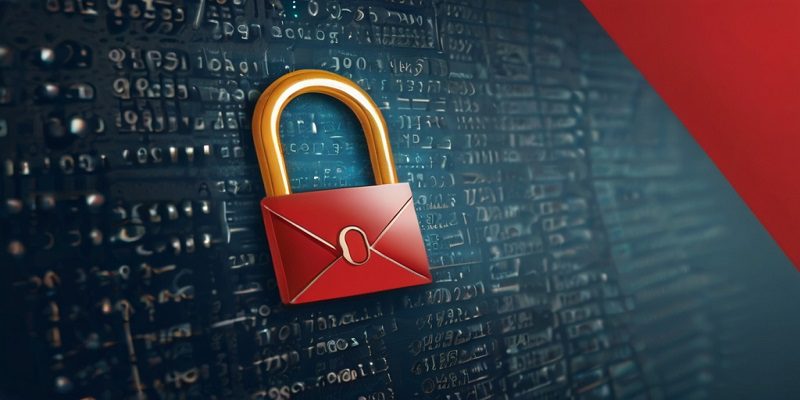In today’s digital age, email has become an indispensable tool for communication in both personal and professional spheres. However, with the convenience and efficiency it offers, comes the risk of security breaches and cyber threats. From phishing scams to malware attacks, the threats to email security are ever-evolving and increasingly sophisticated. In this article, we will delve into 10 crucial tips to enhance your email security and safeguard your sensitive information.
Introduction
Strengthen Your Passwords
One of the first lines of defense against email threats is a strong password. Avoid using easily guessable passwords such as “123456” or “password.” Instead, opt for a combination of uppercase and lowercase letters, numbers, and special characters. Consider using a passphrase that is easy for you to remember but difficult for others to guess.
Enable Two-Factor Authentication (2FA)
Two-factor authentication adds an extra layer of security to your email account by requiring a secondary form of verification, such as a code sent to your mobile device, in addition to your password. This significantly reduces the risk of unauthorized access even if your password is compromised.
Be Wary of Phishing Attempts
Phishing emails are designed to trick recipients into divulging sensitive information or downloading malicious attachments. Be cautious of emails requesting personal or financial information, and always verify the sender’s email address before clicking on any links or downloading attachments.
Keep Your Software Updated
Software updates often include security patches that address vulnerabilities and protect against potential threats. Ensure that your email client, operating system, and antivirus software are regularly updated to the latest versions to stay ahead of cyber threats.
Use Encryption for Sensitive Information
Encrypting your emails adds an extra layer of protection to your communication by scrambling the contents in a way that only the intended recipient can decipher. Many email providers offer encryption features, or you can use third-party encryption tools for added security.
Avoid Public Wi-Fi for Confidential Emails
Public Wi-Fi networks are notoriously insecure, making them prime targets for hackers to intercept sensitive information. Avoid sending or accessing confidential emails while connected to public Wi-Fi networks, and instead use a secure and trusted connection.
Implement Email Filtering and Spam Protection
Email filtering and spam protection tools can help prevent unwanted emails from reaching your inbox, including phishing scams and malicious attachments. Configure your email client to automatically filter spam and consider using third-party spam filtering services for added protection.
Educate Yourself and Your Team
Employee education is key to maintaining email security within an organization. Train yourself and your team members to recognize common email threats, such as phishing attempts and social engineering tactics, and establish protocols for reporting suspicious emails.
Regularly Back Up Your Emails
Regularly backing up your emails ensures that you have access to your important communication in the event of a security breach or data loss. Consider using a cloud-based backup service or offline storage solutions to keep your email data safe and secure.
Monitor Your Account Activity
Regularly monitor your email account for any suspicious activity, such as unauthorized logins or unusual email activity. Enable email notifications for login attempts and review your account’s login history periodically to identify any potential security breaches.
Conclusion
In conclusion, email security is a critical aspect of maintaining privacy and protecting sensitive information in today’s digital landscape. By following the 10 crucial tips outlined in this article, you can enhance your email security and reduce the risk of falling victim to cyber threats. Remember to stay vigilant, keep your software updated, and educate yourself and your team members on best practices for email security. With proactive measures and awareness, you can unlock the full potential of email communication while keeping your information safe and secure.


































